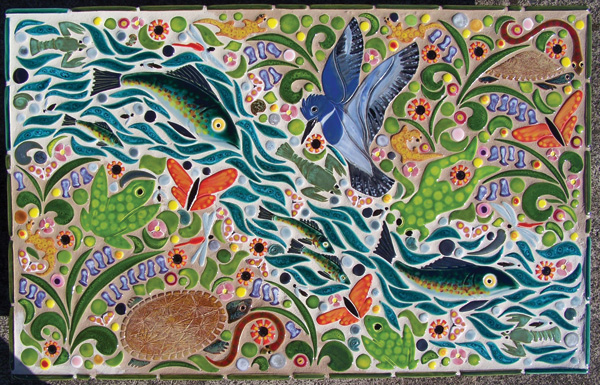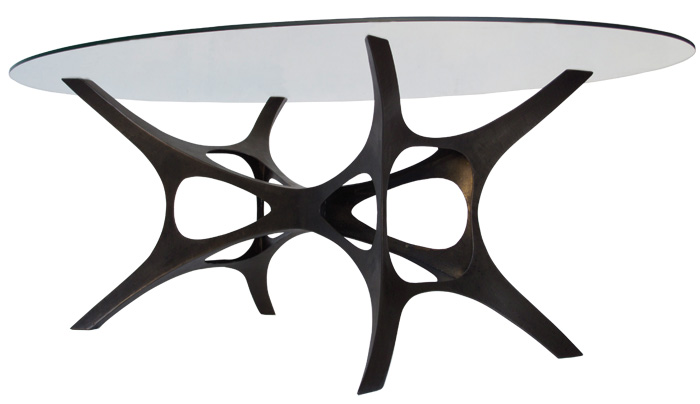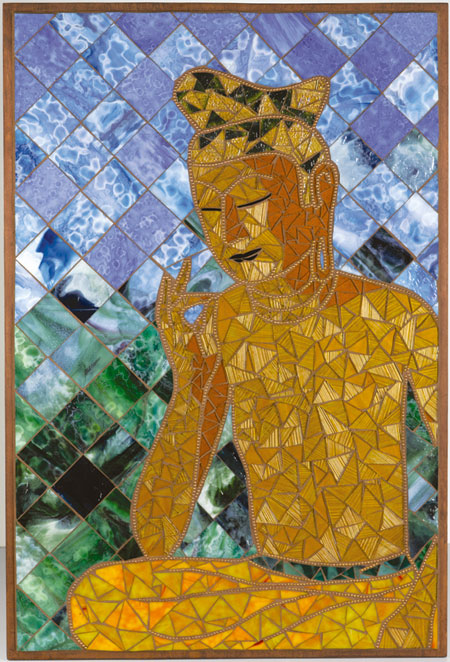The Torso, Transformed By Clay
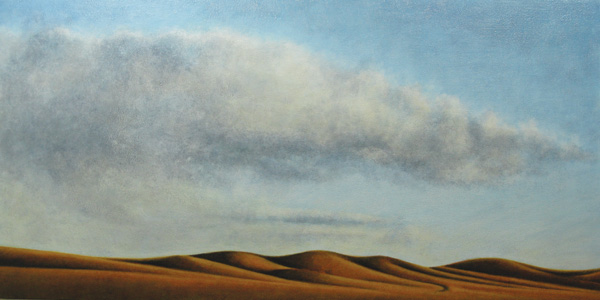 A trip to Greece inspired ceramic artist Marilyn Woods to begin sculpting the human form. “Eight years ago, my husband and I went to Greece on vacation, where I saw all these beautiful sculptures,” she says. “I’d never done figure work before, but after we came home, I started trying to make my first torso.”
A trip to Greece inspired ceramic artist Marilyn Woods to begin sculpting the human form. “Eight years ago, my husband and I went to Greece on vacation, where I saw all these beautiful sculptures,” she says. “I’d never done figure work before, but after we came home, I started trying to make my first torso.”
Geometry In Motion
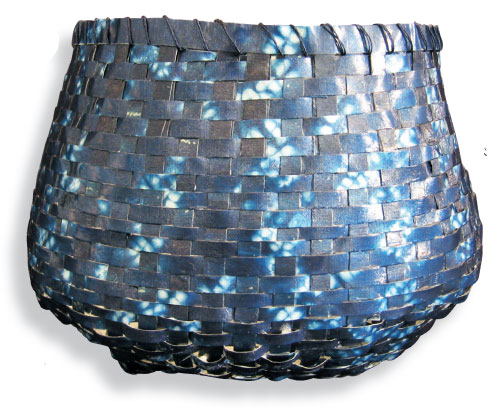 Furniture designer Donny Faris got the idea for making geometrically shaped table legs when he was a student at Portland State University. “I had a job in the facilities department, and, one day, I accidentally knocked a bunch of signs off of a desk,” he says. “They fell into a twisty shape that intrigued me. After work, I went home and made my first table with a stack of picture frames that rotated off each other.”
Furniture designer Donny Faris got the idea for making geometrically shaped table legs when he was a student at Portland State University. “I had a job in the facilities department, and, one day, I accidentally knocked a bunch of signs off of a desk,” he says. “They fell into a twisty shape that intrigued me. After work, I went home and made my first table with a stack of picture frames that rotated off each other.”
HEAVY METAL WITH CURVES AND ANGLES
 For metal artist John Xóchihua, creating a new piece usually leads to an entirely different product line in his always growing lineup of offerings. “I have a hard time staying in one category,” he says. “I made trellises, for example, which led me to an interest in stone slabs. Seeing how beautiful the stones looked when they were wet got me interested in doing water features.”
For metal artist John Xóchihua, creating a new piece usually leads to an entirely different product line in his always growing lineup of offerings. “I have a hard time staying in one category,” he says. “I made trellises, for example, which led me to an interest in stone slabs. Seeing how beautiful the stones looked when they were wet got me interested in doing water features.”
A REFLECTION OF LANDSCAPE
Glass artist Jolly Wahlstrom began his artistic career as a woodworker. “I grew up on a small farm in Northern Minnesota, in a family that didn’t have a lot of money,” he says. “When I was 19, I wanted a musical instrument, so I had to make it myself. I made an Appalachian dulcimer, and that was the beginning of my career as a craftsman.”
REPLICATING NATURE IN GLASS
In 1968, when she was 18 years old, Portland glass artist Linda Ethier learned her first glass techniques from a friend who taught her how to make stained glass. “I loved all the colors of the glass,” she says. “I made some small pieces and began selling them at crafts fairs. I’ve been working in glass ever since.”
Lighting the Way with Functional Vessels
For glass artist Steven Cornett, function is an important aspect of the creative process. “I got interested in glass when I was a college freshman,” he says. “I was studying art and learning metalworking and sculpture. One day, a friend showed me a blown-glass pitcher that a professor had made. I liked that it was something you could use and that it was art, so I visited a glass class, and I was hooked on glass-blowing.”



